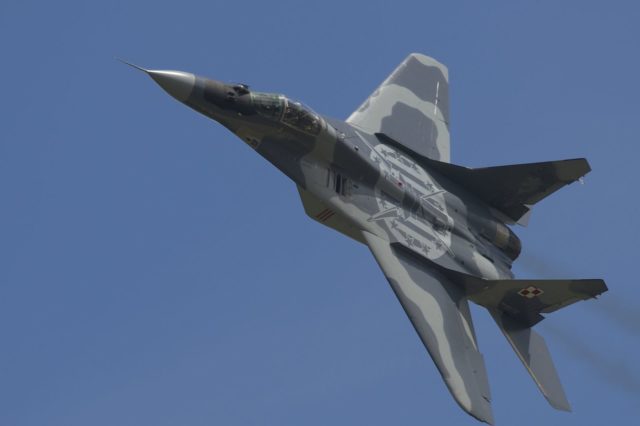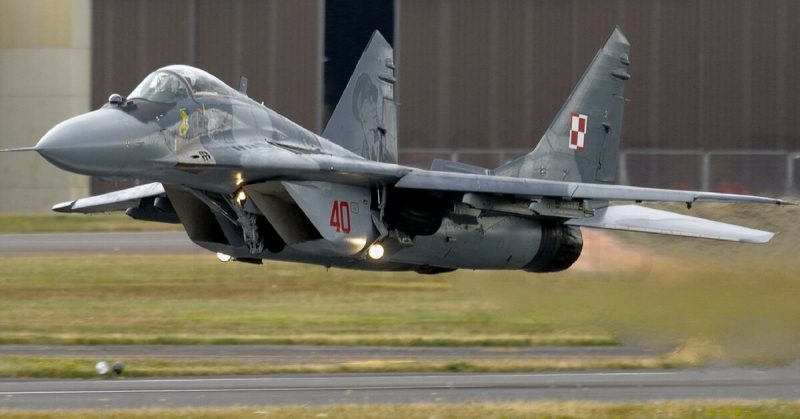The rise of air power
Air power first became a significant part of warfare during WWI, but it was in WWII that it came to the forefront. Long range bombing allowed nations to attack each other’s industrial bases. Fast attack fighters let them fight back. Air power was used to support ground offensives and challenge enemy power at sea.
Following the fall of France, the war in the west was largely between Britain and Germany, and air power was central.
The armies of the two nations were facing each other on the ground in North Africa. The Germans had support from the Italians, and the British were aided by imperial forces and ex-imperial Allies. The North African war did not directly threaten Britain or Germany. The air war did. This made it crucial both in strategy and for morale.
The Modern Era
Throughout the 1950s and 1960s, the planes became increasingly sophisticated. One of the most widely produced fighter planes of that era was the MIG 12.
New approaches to landing and takeoff were also developed in the search for vertical and short distance landing and take-off. The result of these developments was the Harrier Jump Jet. Designed by the British company Hawkeye Siddeley in 1969 the Harrier continued to be refined and developed and remained in production until 2003.
During the last decades of the twentieth-century new technology continued to be applied to the development of fighter jets. Many of these developments were due to the increasing use of computer technology which allows the processing and sharing of important information as well as increased precision in target setting.
Countries in both the East and West have developed their own designs, some of which are inevitably surrounded in secrecy. China’s J20 Chengdu – which is still being developed and refined – first appeared in the 2011 and is part of an ongoing program.
The key features of the modern fifth generation jet fighters are stealth, maneuverability, advanced avionics, the ability to network the information and their versatility.
The Future
As advances in technology continue so does the quest for more effective planes that will guarantee superiority in the air. The US is currently working on designs for the next generation of jet fighters which they expect to put into production around 2025 -2030. These aircraft will have increasingly sophisticated computerized technology to integrate and analyze information.
They are also likely to include the use of artificial intelligence to help the process of making decisions. New material will also be used to ensure greater resilience which will allow then to be deployed in extreme conditions. Improved engine efficiency will increase both the speed and range.
The Royal International Air Tattoo
The RIAT (or Royal International Air Tattoo) is the largest air show held by the Military in the world and occurs annually. This air show takes place in July (usually over the course of the 3rd weekend in that month) and is normally held in Gloucestershire, England at RAF Fairford.
This air show attracts a huge following and the spectator numbers usually fall within 150-160,000 people each year over this weekend period. If you are not able to make it to the RIAT, then don’t worry as you can buy DVDs that show all of the action from each show.
The footage here is from the Royal International Air Tattoo 2015 and shows a MiG-29 going through take-off and then through aerial maneuvers, with incredible skills due to the pilot’s abilities. This MiG comes from the Polish Air Force.

The MiG-29
The single-seat MiG-29 can reach a maximum speed of Mach 2.25. At low altitude, it can max out at Mach 1.25, which is pretty impressive. When going through take off this aircraft can utilize the 2 Klimov RD-33 afterburning turbofans to give better boost; this is left to the pilot’s discretion and need.
The first MiG-29 that Poland received was built in the Soviet Union and sent to Poland in 1989-1990. This aircraft was designed to best counter the F-15 and F-16 crafts. Poland is the largest MiG-29 user and has no plans to discontinue their use – at the moment their plans for this type of aircraft run well into the 2020’s.
As long as the MiG-29 remains in day to day use, we should be lucky enough to continue seeing them in action in European air shows.
